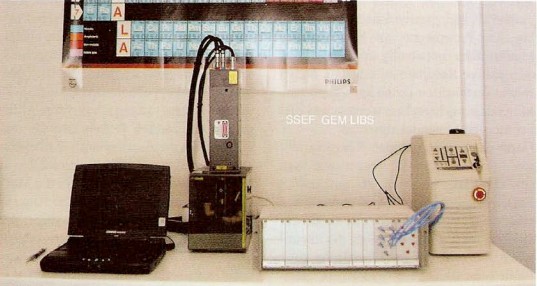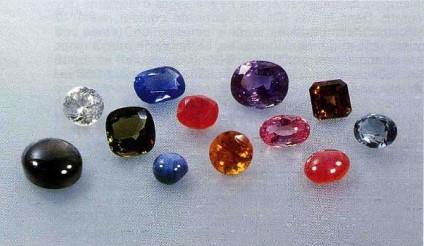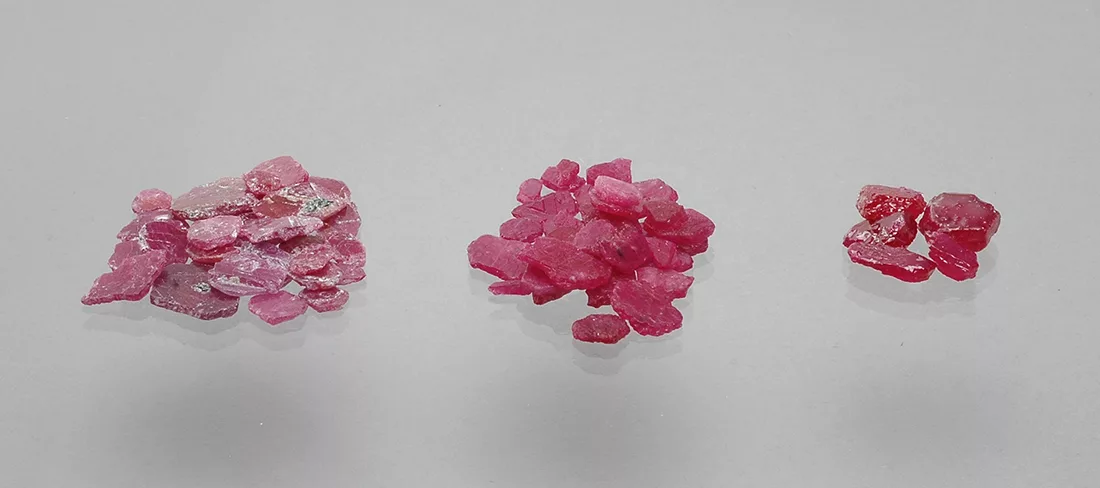
Low-Temperature Heated Rubies From Mozambique
by Dr. Michael S. Krzemnicki, first published in Facette 22 (February 2016)
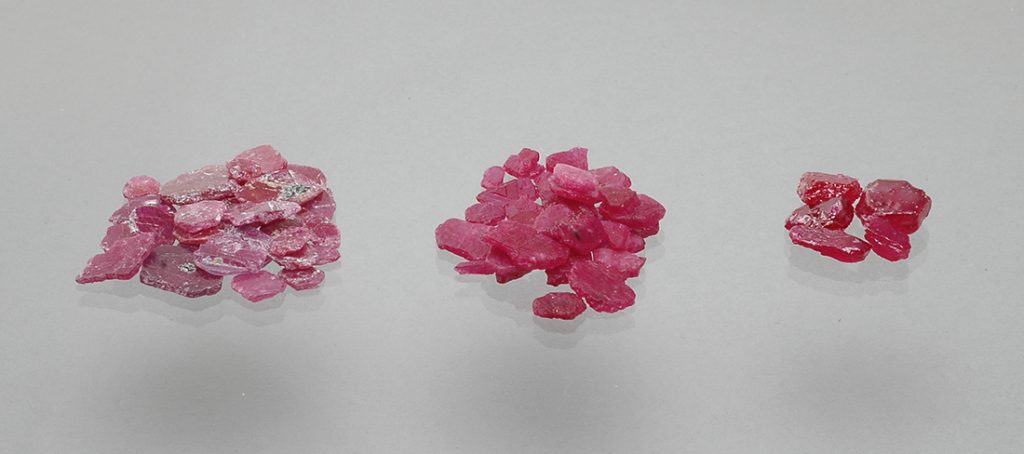
Heating of rubies from Mozambique at rather low temperatures is nothing new. Immediately after the discovery of this new deposit close to Montepuez in 2009, it was obvious that part of the new material required heat treatment before it could be sold – a situation very common for any gemstone mining operation. Much of this material finally entered the trade as heavily treated lead-glass filled stones (Figure 1), causing some trouble in the trade as it was and still is often not fully disclosed to consumers at the final sales point. To fill the fissures with lead glass, these rubies have to be heated above the melting temperature of the glass doped with lead or other heavy elements. Apart from this low-quality material, the SSEF has sporadically seen since that time Mozambique rubies of high quality that had presumably been heated to slightly enhance their colour.
Recently, there have been more such rubies reported in the market (see also Pardieu et al. 2015), which as always for low temperature treated corundum, may be quite challenging to detect without proper equipment. A typical case was submitted in March 2015 to the SSEF (Figure 2). As with all heat treated rubies and sapphires, the detection of a possible heat treatment at SSEF is based on a combination of meticulous microscopic observation and analytical data, in this case mostly FTIR analyses.
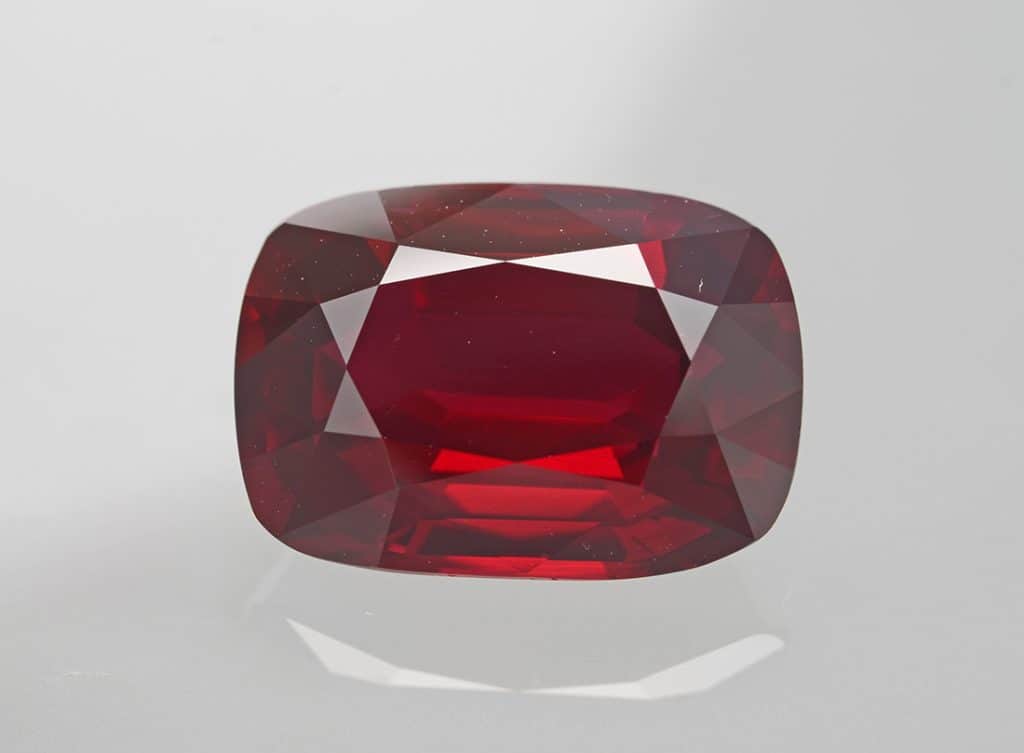
The microscopic examination of this 11 ct ruby revealed typical inclusion features of Mozambique rubies, such as fine bands of minute dispersed particles and small rutile needles. In addition, the ruby also contained tiny but very characteristic modified healing fissures and atoll-like discoid tension cracks caused by the low-temperature heating within the stone (Figure 3).
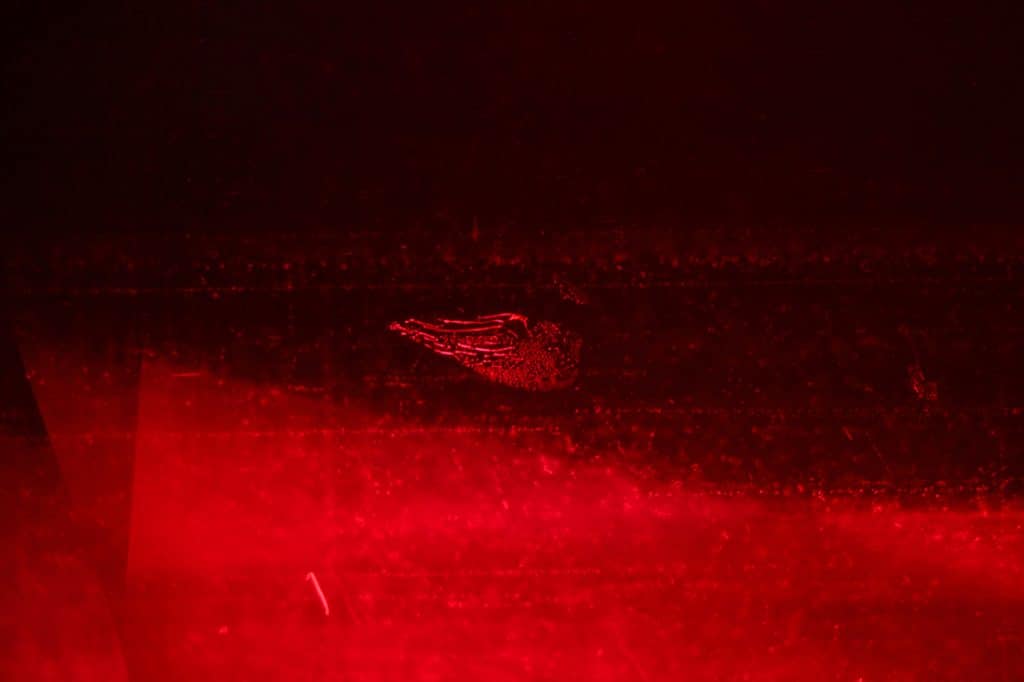
Due to the fact that the heating at low temperatures shifts the colour of certain Mozambique rubies slightly more to the red (by reducing a bluish colour component), such heated material will continue to enter the market in the future to a certain extent. Furthermore, as such a heating can be applied rather easily at any stage to a ruby, it is necessary to remind that any statement about the absence of a treatment is only valid at the time the gemstone has been tested by a laboratory (see also important notes on each SSEF report). Therefore, any gemstone including rubies from Mozambique may need a re-evaluation of its treatment status, especially if it has passed through several hands within the trade.
Want to learn more about rubies?
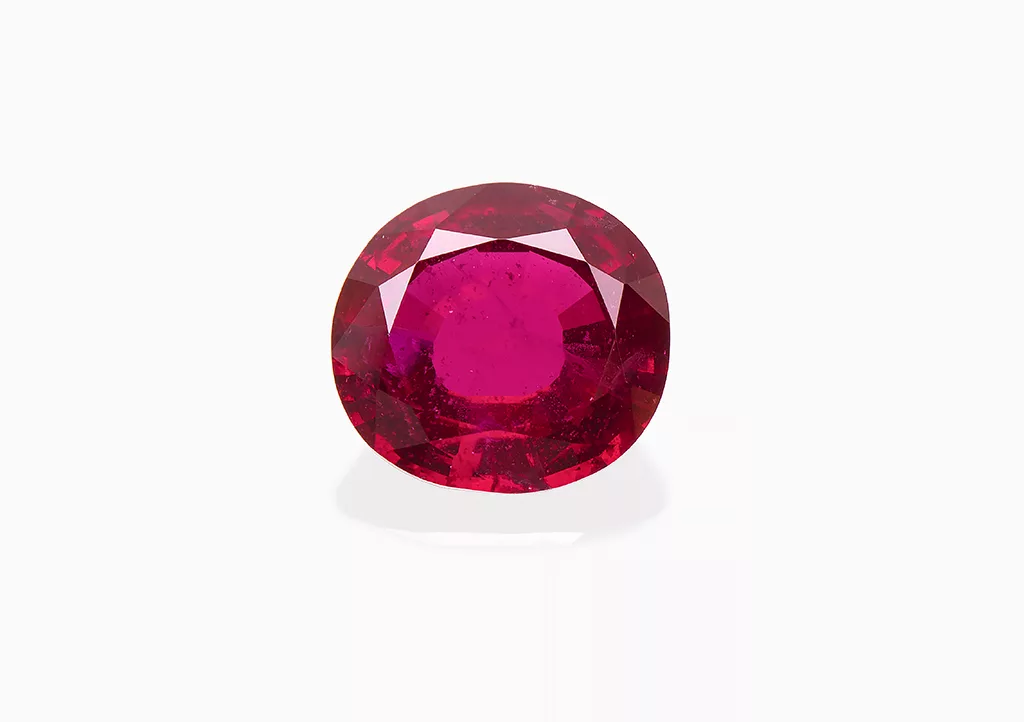
Sign up for our free online course: Introduction to rubies

